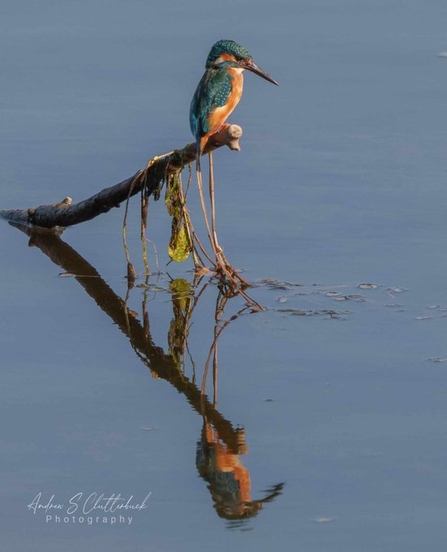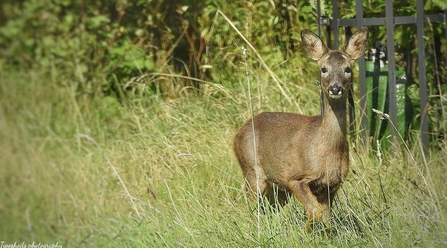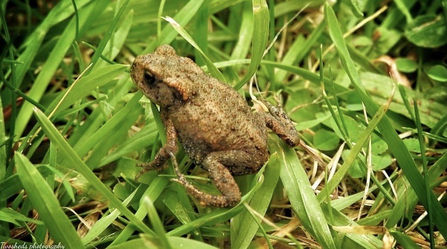September is a month of firsts: the first frosty autumnal morning, the first golden leaves appearing on trees, and the first sightings of our fantastic fungi.
As the colours of our woodlands change and our wildlife starts to prepare for the colder weather, it’s a great time to get outdoors and see how nature ebbs and flows through the seasons.
Here are some of our top late summer/early autumn sightings from across our reserves this month.







